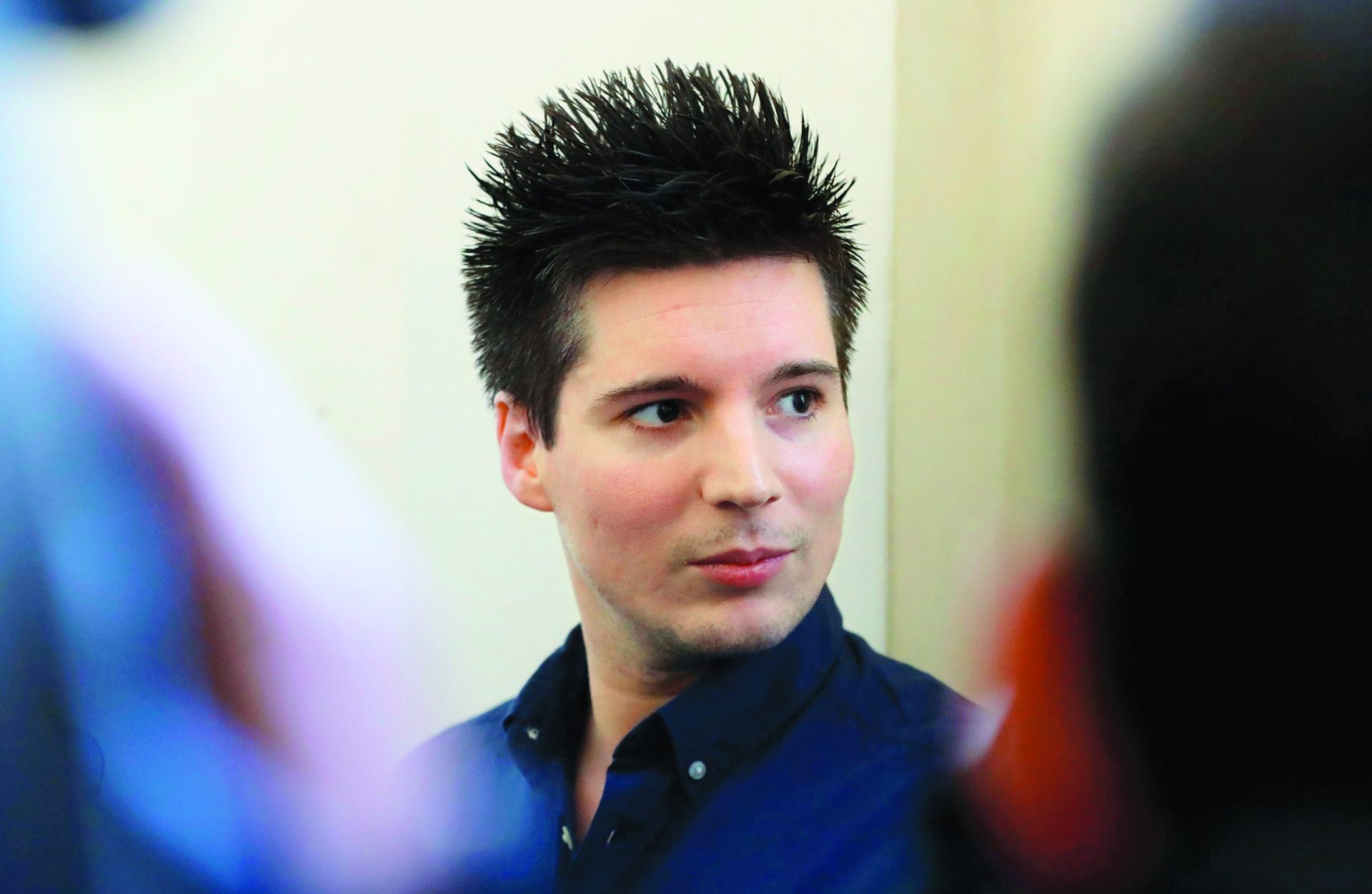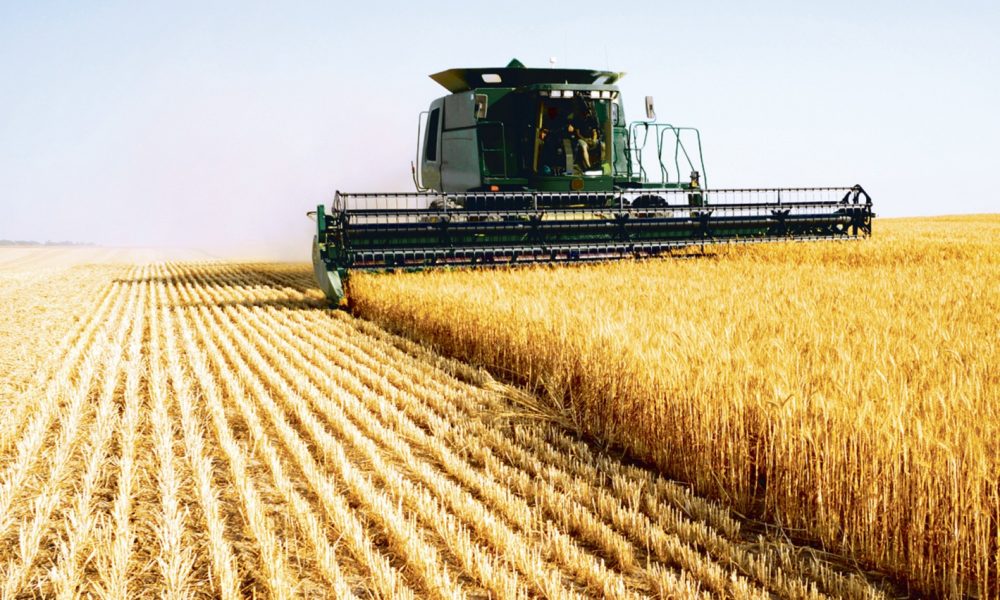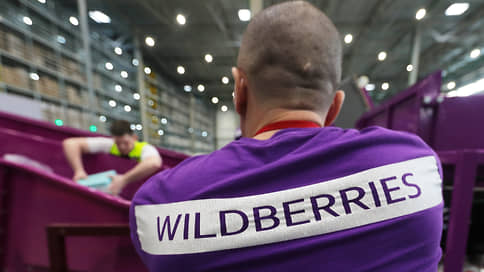Vatican: Electing a Pope – THE NEWS

More than 1.5 billion Catholics around the world are waiting for the election of the new Pope.
The whole process, which is at the same time mysterious and theatrical, attracts huge crowds and worldwide attention.
And all this despite the fact that no one outside Sistine hats, He does not know what is happening, until white smoke from a chimney marks that there is a result.
Voters, all cardinals and younger than 80 years old – on the day the Pope dies – are isolated in the 15th century chapel, which hosted the first Conclave in 1492.
Under some of the most famous works of art in the world, the frescoes of Michael Angelos on the roof and wall of the Holy Bank, they will choose the next leader of the Catholic Church, following a ritual that has been sophisticated for centuries.
Conclave will start on May 7, announced the Vatican on Monday.
When the voting cardinals reach a two -thirds majority for a candidate, the next Pope is validated. Modern centrals tend to last just a few days, but in the past they could last for years.
To how a new Pope is chosen
The 135 cardinals who vote from all over the world are called to the Vatican.
In the Paul VI listening room, candidates speak, while other cardinals are trying to influence the climate to promote their choice. This can take several days. Pope Paul VI (1963-1978) limited the number of fine cardinals to 120, but most of his successors, including Francis, have exceeded this limit
The cardinals travel to and from Sistina’s hats every day from the Santa Marta hostel where they reside. Each Conclavian since 1878 takes place in the Sistine Hat.
Cardinals can come out and go back to the chapel for illness or breaks for the toilet. A cardinal that leaves the process for any other reason cannot return to the conception.
A temporary floor and tables and technicians are scanning the chapel for monitoring devices before the vote.
When the cardinals enter, they and all staff vow to adhere to strict secrecy on the election.
They cannot contact anyone other than Conclavium.
No access to any form of media is not allowed and wireless interference is developed.
The door closes.
The cardinals write on paper the name of the candidate of their preference.
In ancient times, the cardinals place their ballots in these iron boxes.
The ballots are counted and read loudly.
If the majority of two -thirds is not achieved, the ballots are burned with straw and chemical additives, creating black smoke that emerges from a chimney that has been erected in a corner of the chapel and marks that the Pope has not been selected.
Up to four votes per day are performed. If there is a deadlock after 33 or 34 votes, the two dominant candidates are confronted with a second round.
Once the two -thirds majority has been reached, a new pope has been elected. The ballots are burned with dry straw and chemical additives to emerge white tobacco from the chapel chimney.
The selected cardinal is asked if it accepts which name it will use as a Pope.
After wearing the white papal rose, the senior cardinal deacon announces from the central balcony of St. Peter in the crowd outside: « Habemus Papam »-« We have a Pope! »
The Pope addresses the crowd and gives the blessing « urbi et orbi », which means « in the city (of Rome) and in the world ». His reign in the Catholic Church has begun.
With information from Wall Street Journal
















